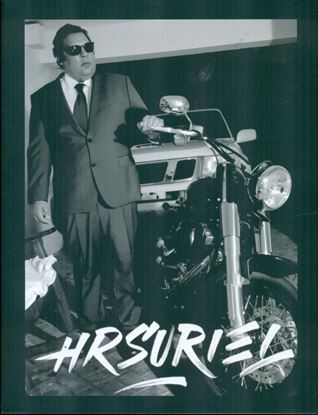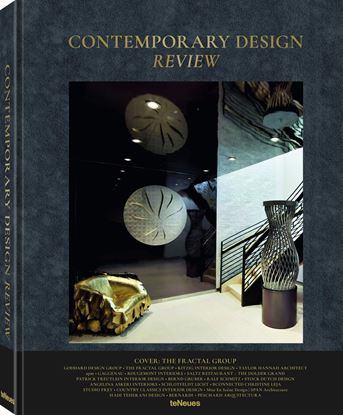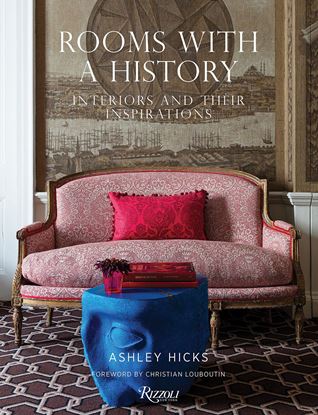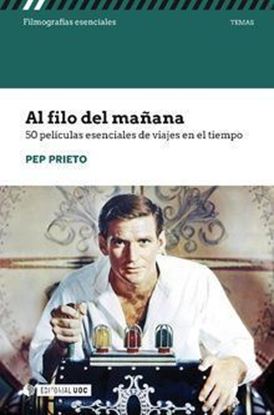

AL FILO DE MAÑANA. 50 PELICULAS D(OF2)
Si pudiéramos viajar en el tiempo, ¿a dónde iríamos? ¿A revisar nuestro pasado o a conocer nuestro futuro? ¿Querríamos cambiar algo de nuestras vidas o nos limitaríamos a ser testigos pasivos de la historia? Estas son solo algunas de la infinidad de preguntas que se plantean en las películas de viajes en el tiempo, una de las manifestaciones más recurrentes del cine fantástico de ayer y de hoy. Es un tema que traspasa las fronteras de los géneros y que adopta múltiples formas. Entender el concepto de viaje en el tiempo es comprender mejor la misma función del cine, lleno de viajeros que, como los cineastas y los espectadores, juegan a desafiar los límites de su existencia. Este libro propone un recorrido por 50 títulos fundamentales que demuestran que los protagonistas de películas como Regreso al futuro o Atrapado en el tiempo no están solos en su aventura contra el reloj.
500
400
ARQUITECTURA PARA DUMMIES
¿Cuándo un edificio es solo una construcción y cuándo es arte? ¿Qué hace que nos emocionemos con la magnificencia del Taj Mahal, las pirámides de Giza o un rascacielos de Nueva York? ¿Qué secretos ocultan la cuidada sobriedad de Le Corbusier, la trascendencia espiritual de Miguel Ángel o la racionalidad clásica de Calícrates? Con un lenguaje alejado de tecnicismos, en esta guía encontrarás lo esencial de la arquitectura de todo el mundo para que puedas disfrutar todavía más esa apasionante faceta de la actividad humana.
1,350
1,080














